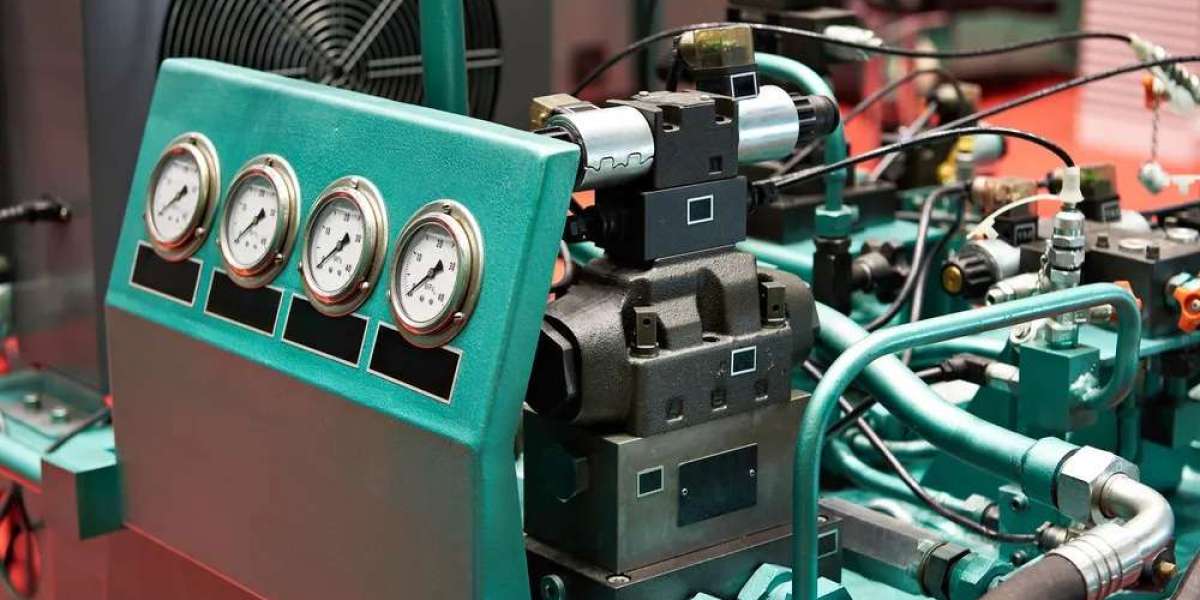If you think hydraulic power is all about massive machines and towering cylinders, think again. Small hydraulic cylinders pack an impressive punch despite their compact size. These components are widely used in industries ranging from manufacturing and robotics to aerospace and mobile equipment. Their strength lies in their ability to produce significant force within a small footprint, making them ideal for applications where space is limited but performance cannot be compromised.
The evolution of small hydraulic cylinders mirrors the broader advancements in hydraulic pumps and motors, rotary actuators, and servo motor-driven hydraulic pumps. As industries increasingly demand precision, efficiency, and compact solutions, these cylinders have found their place in systems where every millimeter and millisecond counts.
This comprehensive guide will walk you through the design, function, and applications of small hydraulic cylinders, along with their integration into larger systems and the best practices for selection, installation, and maintenance.
What is a Small Hydraulic Cylinder?
A small hydraulic cylinder is essentially a scaled-down version of a standard hydraulic cylinder, designed to generate linear force and motion using pressurized hydraulic fluid. Despite their size, they can exert forces ranging from a few hundred Newtons to several tons, depending on the bore diameter, stroke length, and operating pressure.
Small hydraulic cylinders are frequently used in:
Industrial automation systems
Robotics
Agricultural machinery
Aerospace actuators
Compact construction equipment
When combined with hydraulic power packs or portable hydraulic systems, these cylinders become part of a highly efficient and adaptable setup.
How Small Hydraulic Cylinders Work
At their core, small hydraulic cylinders operate on the same principle as larger ones — Pascal’s Law. When hydraulic fluid under pressure enters the cylinder, it pushes against the piston, generating linear motion. The piston’s movement can either extend or retract the rod depending on which chamber receives the pressurized fluid.
In many precision applications, a linear position sensor for hydraulic cylinders is integrated to provide feedback to control systems. This allows for fine-tuned motion control, particularly in systems using servo motor-driven hydraulic pumps or load-sensing proportional valves for efficiency.
Key Components
Even in compact form, a small hydraulic cylinder consists of several critical components:
Cylinder Barrel – Houses the piston and seals the hydraulic fluid.
Piston – Converts hydraulic pressure into mechanical force.
Piston Rod – Transmits the force to the load.
End Caps – Seal the ends of the cylinder and provide mounting points.
Seals and Bearings – Prevent leaks and guide the piston rod.
The choice of materials and seal designs is crucial, especially in demanding environments such as offshore, aerospace, or mobile hydraulics.
Types of Small Hydraulic Cylinders
Small cylinders come in various configurations depending on application requirements:
Single-Acting Cylinders – Force is applied in one direction using hydraulic pressure; return is via a spring or external load.
Double-Acting Cylinders – Force is applied in both directions for precise bidirectional movement.
Telescopic Cylinders – Multiple stages extend for longer strokes while maintaining a short retracted length.
Custom-Built Cylinders – Designed for unique applications where standard designs are insufficient.
Integration with Other Hydraulic Components
Small hydraulic cylinders rarely work in isolation. They are often part of a broader hydraulic system that includes:
Hydraulic Power Packs – Provide pressurized fluid; compact portable units are common in mobile systems.
Rotary Actuators – Convert hydraulic energy into rotational motion, working alongside linear cylinders for complex motion profiles.
Servo Motor Hydraulic Pumps – Enable energy-efficient, precise control of flow and pressure for the cylinder.
Hydraulic Flow Control Valves – Regulate the speed of cylinder movement.
Applications Across Industries
1. Industrial Automation
Small hydraulic cylinders are extensively used in assembly lines, packaging machinery, and robotic systems where compact yet powerful actuators are essential.
2. Aerospace
They control flaps, landing gear doors, and other critical mechanisms in aircraft. Lightweight, high-strength designs are common.
3. Agricultural Machinery
From seed drills to harvesters, small cylinders power essential adjustments and operations.
4. Construction and Mining
Mini excavators, drilling rigs, and compact loaders rely on small cylinders for precise control in tight spaces.
Advantages of Small Hydraulic Cylinders
Compact Size – Fits into space-restricted designs.
High Force Output – Delivers significant power relative to size.
Precision Control – When paired with sensors and servo drives, provides exact movement.
Versatility – Works in diverse environments and applications.
Durability – Resistant to wear when maintained properly.
Selection Criteria
When selecting a small hydraulic cylinder, consider:
Required stroke length
Bore size and rod diameter
Operating pressure
Mounting configuration
Seal material (for temperature and fluid compatibility)
Integration with load-sensing proportional valves or feedback devices
Maintenance Tips
Regularly inspect seals for leaks.
Keep hydraulic fluid clean to prevent wear.
Check mounting points for looseness or misalignment.
Monitor performance using position sensors if available.
Future Trends
The demand for small hydraulic cylinders will grow with trends such as:
Integration with smart sensors for real-time condition monitoring.
Lightweight composite materials for aerospace and robotics.
Energy-efficient designs using servo motor driven hydraulic pumps.
Miniaturization for micro-machinery and medical devices.
Conclusion
Small hydraulic cylinders may be compact, but their role in modern machinery is anything but small. Their combination of power, precision, and adaptability makes them indispensable in industries where efficiency and space-saving design are paramount. When integrated into a broader hydraulic system — complete with power packs, rotary actuators, and intelligent control — they deliver performance that far exceeds their size.
FAQs
Q1: What is the typical pressure rating for a small hydraulic cylinder?
Most small hydraulic cylinders operate between 70–350 bar, depending on design and application.
Q2: Can small hydraulic cylinders be custom-made?
Yes, many manufacturers offer custom designs tailored to specific load, space, and mounting requirements.
Q3: How do I control the speed of a small hydraulic cylinder?
Speed is regulated using hydraulic flow control valves or by integrating servo-controlled hydraulic pumps.
Q4: Are small hydraulic cylinders suitable for mobile applications?
Absolutely. Their compact size makes them ideal for mobile equipment such as mini excavators, agricultural machinery, and service vehicles.
Q5: How often should I service a small hydraulic cylinder?
Service intervals vary, but regular inspections every 500–1000 operating hours are common best practice.













